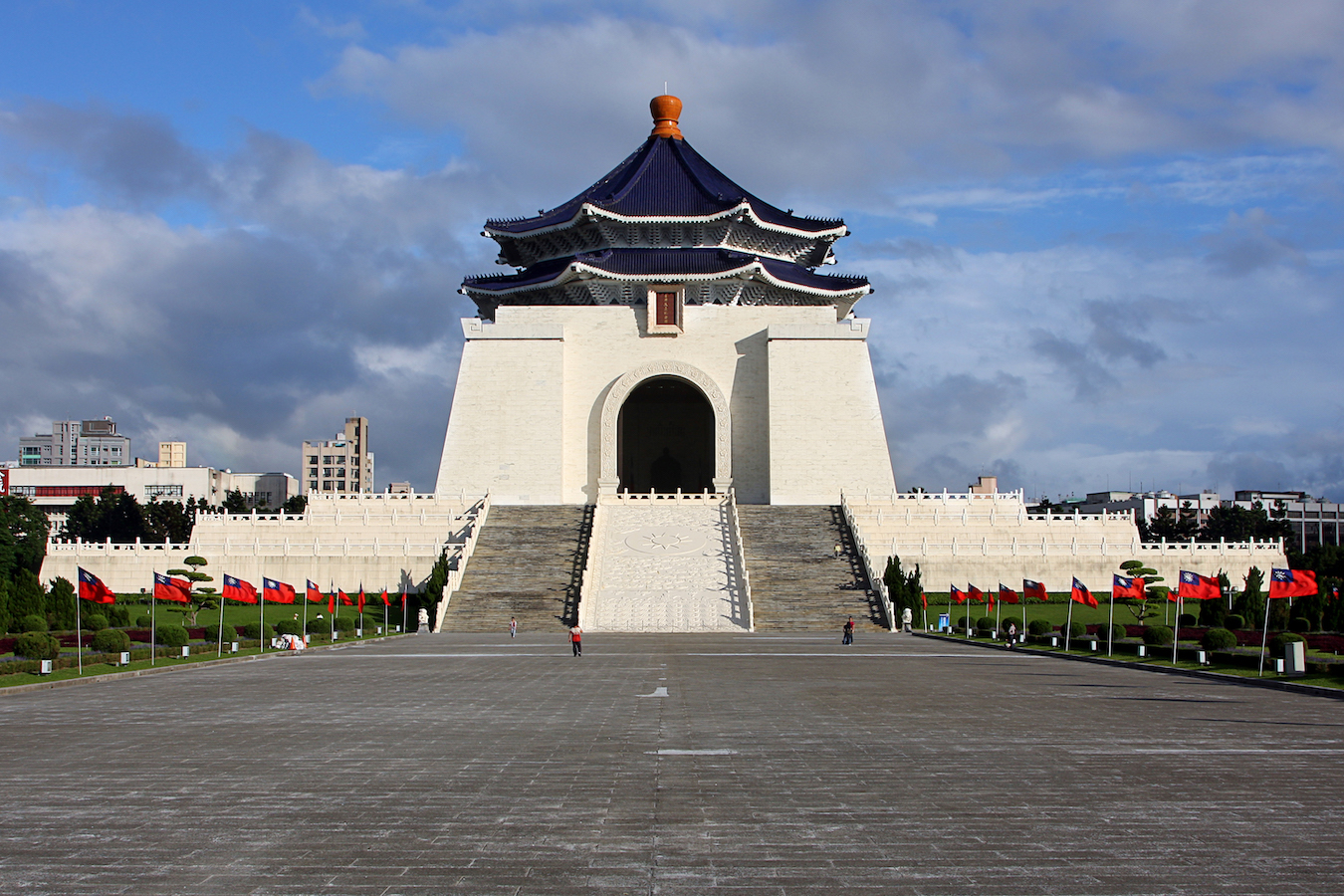by Brian Hioe
語言:
English
Photo Credit: rheins/WikiCommons/CC BY 3.0
ON THE 77TH anniversary of the 228 Massacre, usually remembered as the start of the White Terror, it proves important to remember the long path that remains for transitional justice in Taiwan.
There are official commemorations for 228 that now occur annually–including those organized by the KMT. The KMT was responsible for the killings, as retaliation against the uprising of Taiwanese angered by political violence, and as part of efforts to put down local resistance.
At the same time, the KMT has alleged in recent years that the DPP is currently responsible for a “Green Terror”, which it claims to be worse than the White Terror. This is how the KMT has framed efforts by the DPP to pursue transitional justice, in particular targeting the now-dissolved Transitional Justice Commission. To this extent, this is how the KMT has framed actions of the DPP intended to regulate the media through the National Communications Commission, as well as to curb Chinese attempts to influence Taiwanese elections, such as with regard to Chinese streaming services or apps.
Such claims by the KMT reflect a failure to reckon with the crimes of the past. After all, it is not as though the Tsai administration is conducting political murders by the thousands, or has conducted actions in line with the many decades of martial law that took place under the KMT. All the contrary, the Tsai administration has had a priority on avoiding the perception of politically persecuting dissidence, so as to distinguish Taiwan from China. Ironically, this is something that contributes to difficulties in taking action against efforts by China to undermine Taiwanese elections or influence them in the direction of China’s preferred outcomes.
More declassification of classified documents from the authoritarian period are to take place, starting today. President-elect Lai and President Tsai has also indicated in comments that there is a need for further legislation, to provide for truth and reconciliation, as well as to compensate and make amend for victims and their family members.
Still, at this late stage in Taiwan’s democratization, the DPP is not likely to want to rock the boat on transitional justice. For example, one of the last recommendations of the Transitional Justice Commission was for the 6.3-meter bronze statue of Chiang Kai-shek in the Chiang Kai-shek Memorial to be removed and for the structure of the memorial to be changed, seeing it clearly resembles that of a temple. Yet the DPP government is not likely to take action on this recommendation, given the potential for a public controversy.
 The Chiang Kai-shek Memorial. Photo credit: AngMoKio/WikiCommons/CC BY-SA 3.0
The Chiang Kai-shek Memorial. Photo credit: AngMoKio/WikiCommons/CC BY-SA 3.0
It should also be clear that there are many for whom 228 is now merely a public holiday. While there was recently controversy about a college student group framing 228 as though it were a holiday worth celebrating, reflecting a lack of historical understanding, this, too, can be observed in the spate of sales and promotions linked to the 228 holiday.
Taiwanese elections are often framed as reflecting how Taiwan has moved on from its authoritarian past, to become the democracy that one sees today. At the same time, Taiwanese elections themselves reflect many of the unresolved issues that return to Taiwan’s authoritarian period.
First and foremost, the KMT continues to exist as a political party, without having been forced to dissolve. Apart from its narrative regarding the “Green Terror,” the KMT currently proposes reviving the Special Investigation Division of the Ministry of Justice, with the aim of using it to target DPP politicians. When in power, the KMT also tried to curb the teaching of the White Terror in schools, not only through attempts to change textbooks but through government institutions such as the Taiwan Foundation for Democracy. Framings of the 228 Massacre and White Terror pushed for by the KMT through such means include claiming that those targeted were, in fact, mostly Communists and that the scale of the political purges has been exaggerated, or that most victims were waishengren.
But the failure of the KMT–and the Taiwanese public–to reckon with past crimes committed during the authoritarian period is further reflected in the KMT’s choice of political candidates. The self-proclaimed great-grandson of Chiang Kai-shek, after all, is currently mayor of Taipei. Likewise, the KMT’s 2024 presidential candidate, Hou You-yi, was the police official responsible for the series of events that led to “Nylon” Cheng Nan-jung’s self-immolation in 1989–though it is to be noted that the DPP previously tried to recruit Hou in the past.
All this goes to show, then, that significant portions of the public still do not attach enough importance to the history of the White Terror that such individuals continue to be active–and highly electable–in Taiwanese politics. 77 years later, such history has not been reckoned with.

